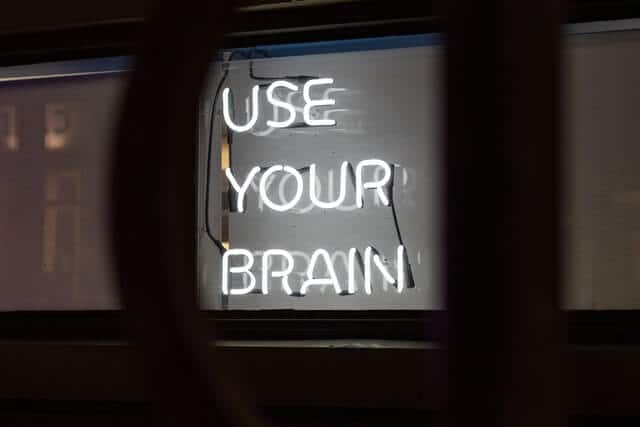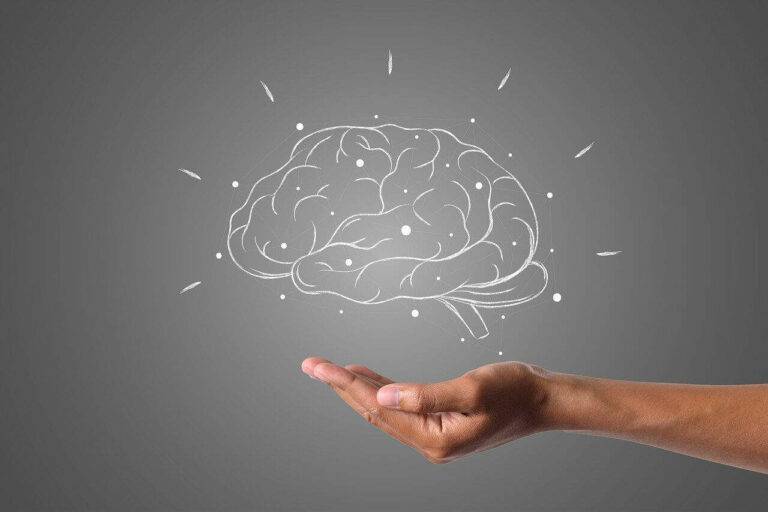Use your brain or lose it: the secret you need to know

The phrase “use your brain or lose it” is more than a catchy slogan—it’s a guiding principle for developing critical thinking, creativity, and social-emotional growth in students. As teachers, it’s our mission to empower learners to think deeply, challenge assumptions, and grow their intellectual and emotional capacities.
When students say, “I can’t do this. I have no brains!” I respond, “We all have brains—it’s just that some people use theirs more than others.” This simple shift in language transforms their mindset, reminding them that they have the potential to succeed.
Empower learners to use their brain and their hearts
Research shows most people use only a fraction of their brain’s potential. Imagine the transformation if students tapped into more of their cognitive and emotional capacity. By encouraging active learning and reflection, we empower them to connect their thoughts and feelings, fostering resilience and adaptability.
Integrating SEL practices, such as guided discussions or reflective journaling, helps students build confidence and empathy. These skills are as crucial as academic knowledge for navigating today’s interconnected world.
I always tell my students to ‘use your brain or lose it’
“If knowledge is power, then so is the brain. Brain power is not something that should decline over the years. You should exercise your brain daily to improve your cognitive abilities and gain knowledge about different things, ideas and experiences.” Jessly, guest writer on Learning Mind.
Reject passive learning
Montessori was onto something with the absorbent mind, but passive learning wasn’t enough. Create a classroom environment where curiosity thrives and students feel safe to question, explore, and engage actively with new ideas.
For example, introduce a thinking wall in your classroom. Use sticky notes or a digital FigJam (an alternative to Jambooards) where students can post questions, hypotheses, or reflections on what they’re learning. This encourages ownership of their thought processes.
Adopt the 6 D’s framework
The 6 D’s framework blends critical thinking with SEL and creativity, helping students approach challenges systematically:
- Debrief: Reflect on what worked and what didn’t. Use group discussions to solidify learning.
- Define: Identify the problem or challenge.
- Discover: Brainstorm ideas through collaboration or mind mapping.
- Dream: Envision creative solutions. Use roleplay or storytelling to bring ideas to life.
- Design: Create a step-by-step plan to solve the issue.
- Deliver: Present the solution as a class project, skit, or video.
This framework fosters collaboration, critical analysis, and creativity while embedding SEL principles like teamwork and empathy.

Share experiences to deepen learning
Encourage students to share their learning journeys, both academic and personal. Reflection circles or peer feedback sessions are excellent ways to foster connection and understanding.
For instance, after a project, organise a gallery walk where students present their work and discuss their thought processes. This not only reinforces their learning but also builds their confidence and public speaking skills.
Engage the senses for holistic learning
Critical thinking isn’t just about solving problems; it’s about engaging with the world in meaningful ways. Sensory activities like art integration and hands-on experiments make learning tangible and memorable.
Try this: Have students create sensory collages to represent concepts they’re learning. For a science lesson, they might use textures and colours to visualise energy flow. For a history project, they could design a tactile timeline of key events.
This approach integrates art and critical thinking, stimulating multiple areas of the brain and enhancing cognitive engagement.
Why it matters
Helping students “use their brain or lose it” equips them with the tools to thrive in an ever-changing world. By fostering critical thinking, creativity, and SEL, we’re not just preparing them for exams—we’re preparing them for life.
When students actively engage with their learning, it causes huge personal growth. They develop confidence, resilience, and the ability to contribute meaningfully to their communities. Let’s inspire the next generation to think deeply, feel deeply, and live intelligently.
